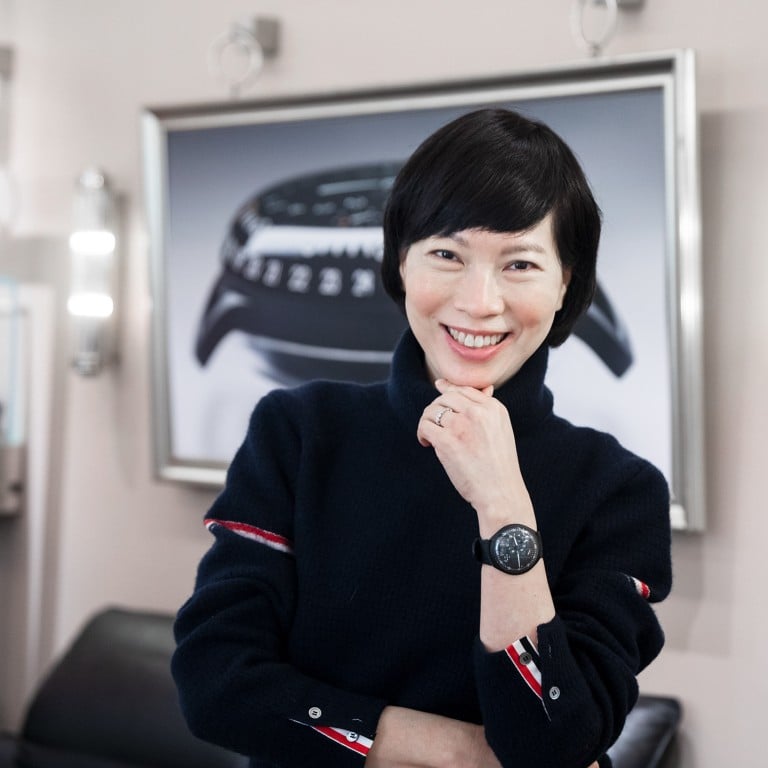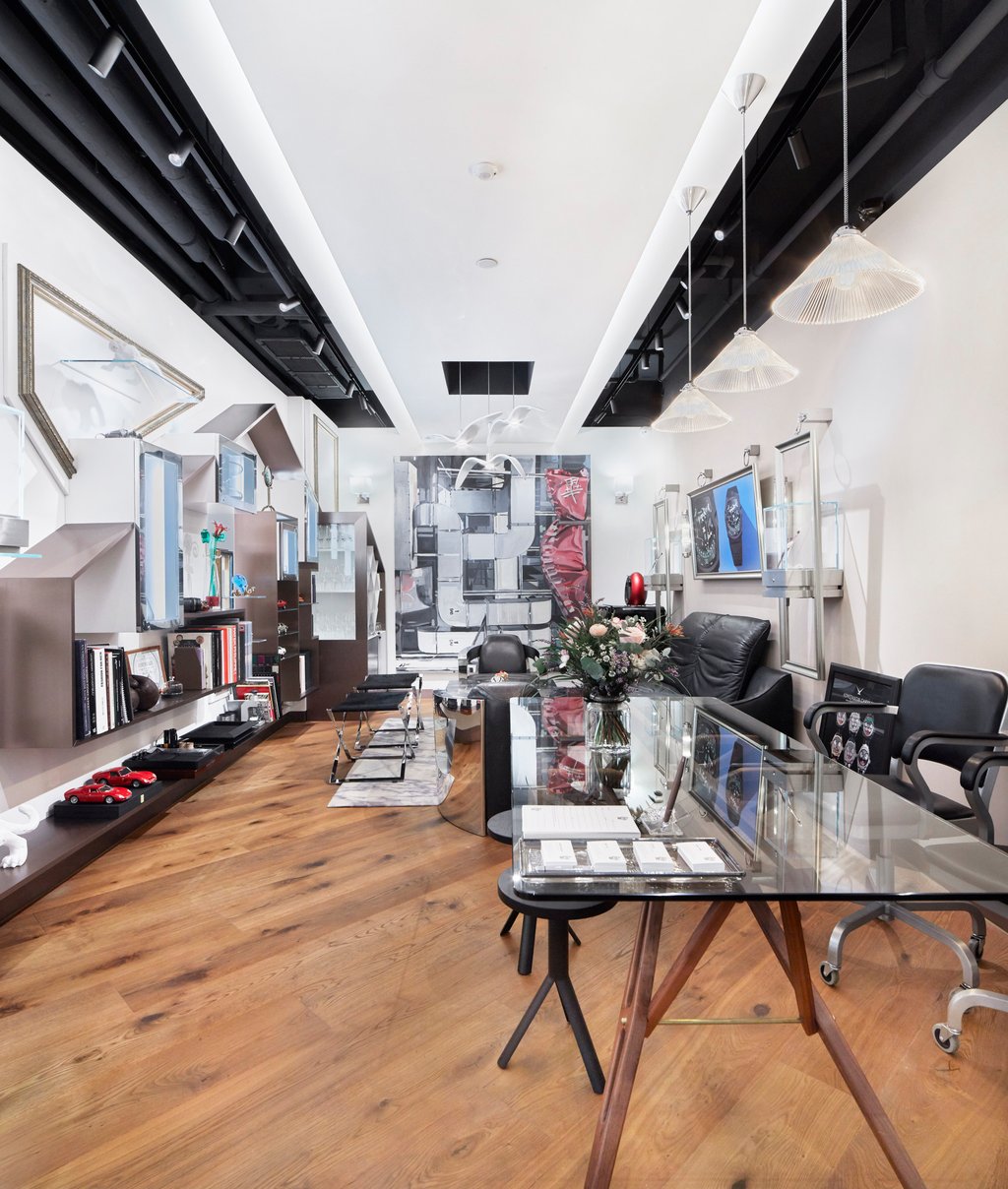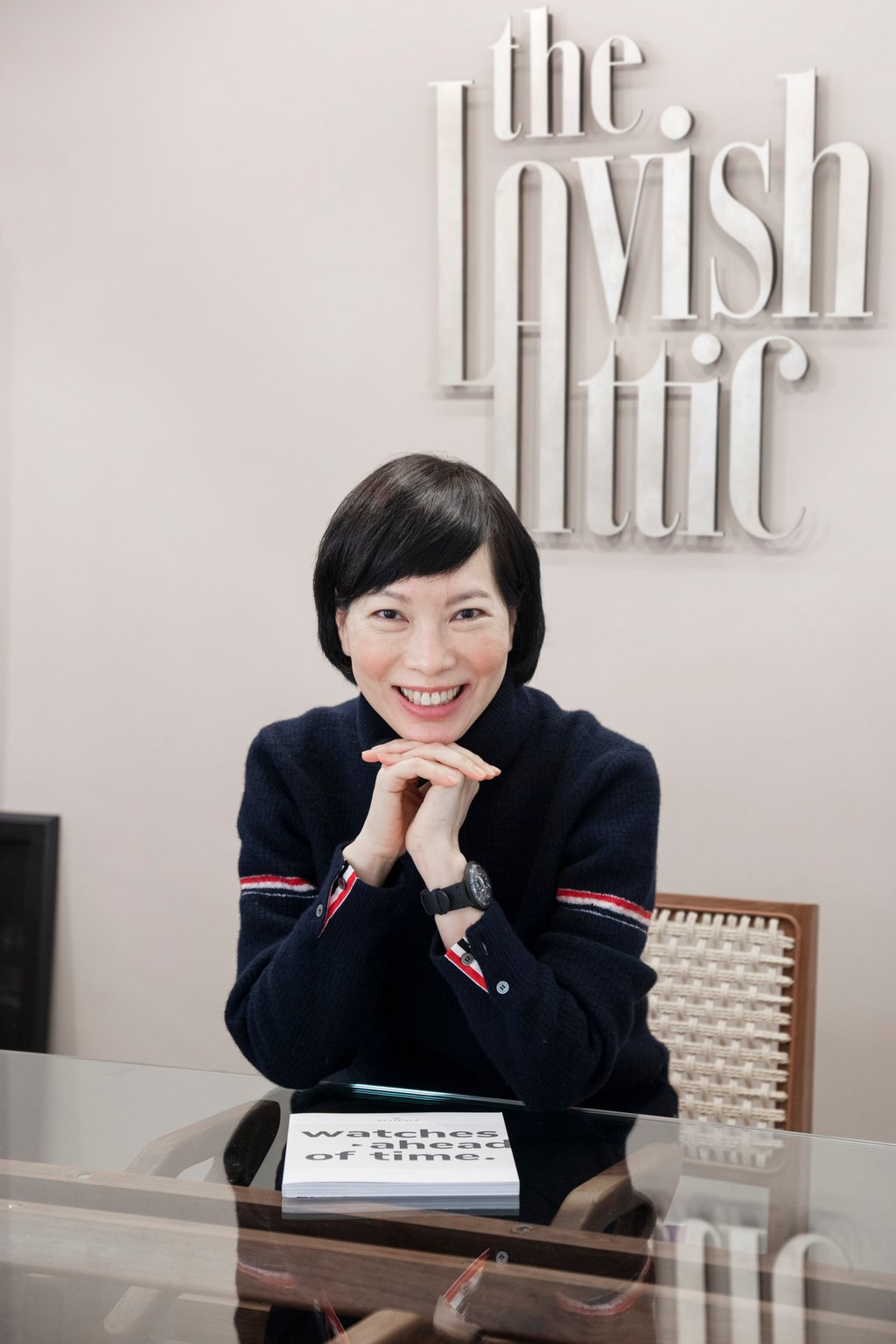Inside Hong Kong’s exclusive watch boutique The Lavish Attic, as the timepiece-collecting community’s beloved independant hang-out turns 10

- Founded in Central’s Pedder Building back in 2013, Hong Kong’s The Lavish Attic moved to Central Building in 2020, and opened a second location, The Lavish Loft, inside The Peninsula hotel
- As the pioneering independent watch boutique turns 10, we sat down with founder Piano Chow to talk about independent watchmaking, working with H. Moser & Cie and F.P. Journe, and what true collectors are really looking for
Speak to a watch aficionado in Hong Kong, and chances are they’ve been to The Lavish Attic. An exotic independent creature swimming amid a sea of branded boutiques, the shop is an unlikely haven for characterful watches and jewellery in a city in love with labels.
This unlikely outpost began 10 years ago, when the venture was born amid several world-renowned galleries in Central’s Pedder Building. That first boutique felt more like a private club or a friend’s handsomely appointed home; those who walked through the doors often found themselves parked on the leather couches, sometimes chatting for hours. And that is exactly what Piano Chow, The Lavish Attic’s founder, intended it to be.

She began as a distributor for then-upcoming independent watch brand Urwerk in 2005 and later H. Moser & Cie in 2007. Chow noticed a gap in the independent market when a client who bought a watch from a retailer was disappointed with the salesperson’s limited knowledge. Soon enough, she realised her passion for watchmaking was the answer to bridging that gap between these brands and their overseas clients.
“[The client] was keen to seek advice from me – I was entrusted, [for] my passion, knowledge and patience,” she says. “That was the moment that the idea of running a retail business emerged.”
Since its opening in 2013, The Lavish Attic has moved into the neighbouring Central Building in 2020, and opened a second location, The Lavish Loft, inside The Peninsula hotel.

Chow says collecting watches makes sense for those living in Hong Kong, where space is limited. Beyond a brand name, these sophisticated buyers expect their small collectibles to pack a heavy punch when it comes to quality and creativity. A narrative aligning with local culture and these values helps when introducing a new brand. “By picturing the stories from different angles, say an artistic and historical viewpoint, collectors can understand the uniqueness of each brand, enriching the buying experience,” she adds.
But quality is, first and foremost, what speaks to local collectors, who tend to be more conservative. Chow’s role is to be that middle person who can convey the craftsmanship and design language of these niche players in the industry to an already knowledgeable audience.